Building a home climbing gym might sound like a major undertaking, but with the right approach and equipment, you can create a functional, versatile space that complements your CrossFit training. Below, you’ll find tips on choosing the best gym equipment for CrossFit, integrating climbing-specific gear, and maximizing your investment to cover both climbing and CrossFit workouts. Whether you’re adding a small bouldering wall or a full-scale route setup in your garage, this guide will walk you through the essentials.
Why Combine a Home Climbing Gym with CrossFit?
-
Full-Body Strength and Functional Movements
Climbing challenges grip, core, and upper-body strength, while CrossFit hones power, cardiovascular endurance, and speed. Together, these activities create a training regimen that improves every aspect of fitness. -
Versatile Workouts
If you already use crossfit equipment—like kettlebells, dumbbells, and barbells—you can pair a climbing session with WODs (workouts of the day). This synergy keeps your training fun, varied, and highly effective. -
Convenience and Consistency
Having a climbing wall and crossfit machines at home removes commuting time and membership costs. Consistency is key to progress; the fewer barriers, the more likely you’ll keep climbing and training regularly.
Phase 1: Essential Equipment for Building Strength
Before you invest in the climbing portion, lay the groundwork by purchasing essential crossfit exercise equipment. These items help you gain overall body strength, which translates directly to better climbing performance.
1. Dumbbells
-
Purpose: Perfect for high-repetition metcons (metabolic conditioning workouts), dumbbell cleans, snatches, and overhead presses.
-
Suggested Weights: 35 lb for women and 50 lb for men if you typically follow CrossFit Open standards.
2. Kettlebells
-
Purpose: Kettlebell swings, Turkish get-ups, goblet squats, and more.
-
Recommended Weights: A 53 lb or 70 lb kettlebell is plenty if you already have experience swinging heavier weights. Otherwise, start lighter.
3. Jump Rope
-
Purpose: Mastering double-unders, which are a staple in CrossFit.
-
Tip: A quality speed rope, such as an RPM rope, reduces forearm fatigue and improves timing.
4. Gymnastics Rings
-
Purpose: Ring rows, pull-ups, dips, muscle-ups.
-
Material: Wood rings (like Rogue’s wood rings) provide better grip and a natural feel.
5. Resistance Bands
-
Purpose: Mobility work, assisted pull-ups, and more.
-
Tip: Look for thick, durable bands that won’t snap during heavy use.
6. Portable Mat
-
Purpose: Makes any hard surface more comfortable for bodyweight movements, jump rope workouts, and floor exercises.
Phase 2: Upgrading Your Setup with CrossFit Weight Equipment
Once you have the basics, you’ll want to expand into heavier lifts and more advanced exercises—key for boosting strength that directly assists with climbing (especially powerful pulls and grip-intensive moves).
1. Sandbags or D-Balls
-
Purpose: Odd-object lifts, cleans, holds, carries, and more to build “real-world” strength.
-
Tip: Fill sandbags with play sand from a hardware store; just be sure to seal it properly.
2. Barbell
-
Purpose: Deadlifts, squats, cleans, and other compound lifts.
-
Recommended: Rogue Ohio Bar (for men) or the Bella Bar (for women) for longevity and versatile use.
3. Bumper Plates
-
Purpose: Dropping safely during Olympic lifts and reducing noise.
-
Tip: Hi-Temp or thinner competition-style plates allow for more weight on the bar.
4. Barbell Collars
-
Purpose: Prevents plate shifting during workouts.
-
Recommendation: OSO barbell collars have a long reputation for durability.
5. Squat Rack
-
Purpose: Essential if you want to do squats, bench press, and overhead work safely.
-
Tip: Consider a model with a pull-up bar attachment so you can do strict pull-ups or band-assisted pull-ups.
6. Wall Balls
-
Purpose: Great for conditioning and full-body power, combining squats with overhead throws.
-
Tip: Invest in a high-quality brand to avoid lopsided or quickly torn seams.
7. Plyo Box
-
Purpose: Box jumps, step-ups, and scaled versions of single-leg squats.
-
Tip: A 3-in-1 box can switch between 20, 24, and 30 inches.
Phase 3: CrossFit Workout Machines and Climbing-Specific Additions
Now the fun part: investing in crossfit machines for cardio and building your home climbing gym.
1. Air Bike
-
Purpose: High-intensity intervals and low-impact cardio.
-
Recommendation: Rogue Echo Bike or Assault AirBike—both are robust, with the Echo Bike being slightly heavier-duty and quieter.
2. Rower (Concept 2)
-
Purpose: Full-body cardio, back strength, and complementing climbing power.
-
Tip: A used Concept 2 is a great value if you can find one in good condition.
3. Flooring
-
Purpose: Reduces joint impact, noise, and protects floors from heavy lifts.
-
Tip: You can find rubber mats at feed stores or hardware stores. Make sure you buy enough for the entire area to avoid mismatched sections.
4. Building Your Climbing Wall
-
Types:
-
Bouldering Wall: Typically 8–12 feet high with crash pads below.
-
Top-Rope Wall: Needs a higher ceiling (at least 12–20 feet).
-
Hangboards/Campus Boards: Great for finger strength and advanced pulling power if you’re short on space.
-
-
Tips for Setup:
-
Invest in quality plywood or specialized climbing panels.
-
Use adjustable T-nuts for holds.
-
Begin with a variety of holds (jugs, crimps, slopers) to target different hand positions.
-
5. Climbing Rope
-
Purpose: Practicing rope climbs—an iconic CrossFit and climbing crossover.
-
Tip: Ensure you have 12–20 feet of clear vertical space and a secure anchor.
6. Optional: SkiErg, GHD, and More
-
SkiErg: Great for full-body cardio, but less essential if you have a rower and air bike.
-
GHD (Glute-Ham Developer): Builds posterior-chain strength but requires training and lots of floor space.
-
Extra Weights & Bars: If you’re training with a partner or focusing on strength, multiple barbells and plates can ease workouts.
CrossFit Cardio Equipment and Climbing Drills
To maximize your crossfit cardio equipment, combine it with climbing-specific drills:
-
Bike & Boulder: Alternate 1-minute sprints on the air bike with climbing a short, intense boulder problem.
-
Rower & Hangboard: Complete 500-meter rowing intervals followed by 30-second hangs on a campus board or hangboard.
-
Wall Ball & Rope Climb: Perform 15 wall ball shots then go directly into a 15-foot rope climb, for rounds.
These hybrids challenge your power, endurance, and mental focus—key elements for both CrossFit and climbing success.
Safety and Maintenance
-
Proper Anchoring: Any climbing wall or rope must be secured to sturdy ceiling joists or beams.
-
Crash Pads and Spotting: If you’re bouldering, invest in sufficient crash pads. For rope climbing, ensure proper belaying or self-belay setups if needed.
-
Equipment Checks: Examine your crossfit weight equipment, rig attachments, and climbing holds for wear and tear. Tighten any bolts or screws that might loosen over time.
Final Thoughts
A home climbing gym paired with a full list of crossfit equipment empowers you to tackle any workout—whether you’re focusing on grip strength, vertical pulling power, or metabolic conditioning. By following the phased approach, you can invest wisely: begin with foundational crossfit fitness equipment (dumbbells, kettlebells, bands), then move on to crossfit workout machines (like the rower or air bike), and finally, incorporate climbing walls, ropes, and top-notch racks.
With the right setup, you’ll enjoy the best of both worlds—improving climbing technique while maintaining top-level CrossFit performance. If you have the budget and the space, go all in. If not, prioritize items you’ll use most frequently and expand over time. Either way, the benefits of owning your own gym equipment for CrossFit plus a custom climbing wall are enormous, keeping you engaged and challenged year-round.
Remember: Fitness is a lifelong journey. By combining climbing and CrossFit, you’ll build a powerhouse home gym that fosters strength, agility, and resilience—no matter what your next adventure holds!


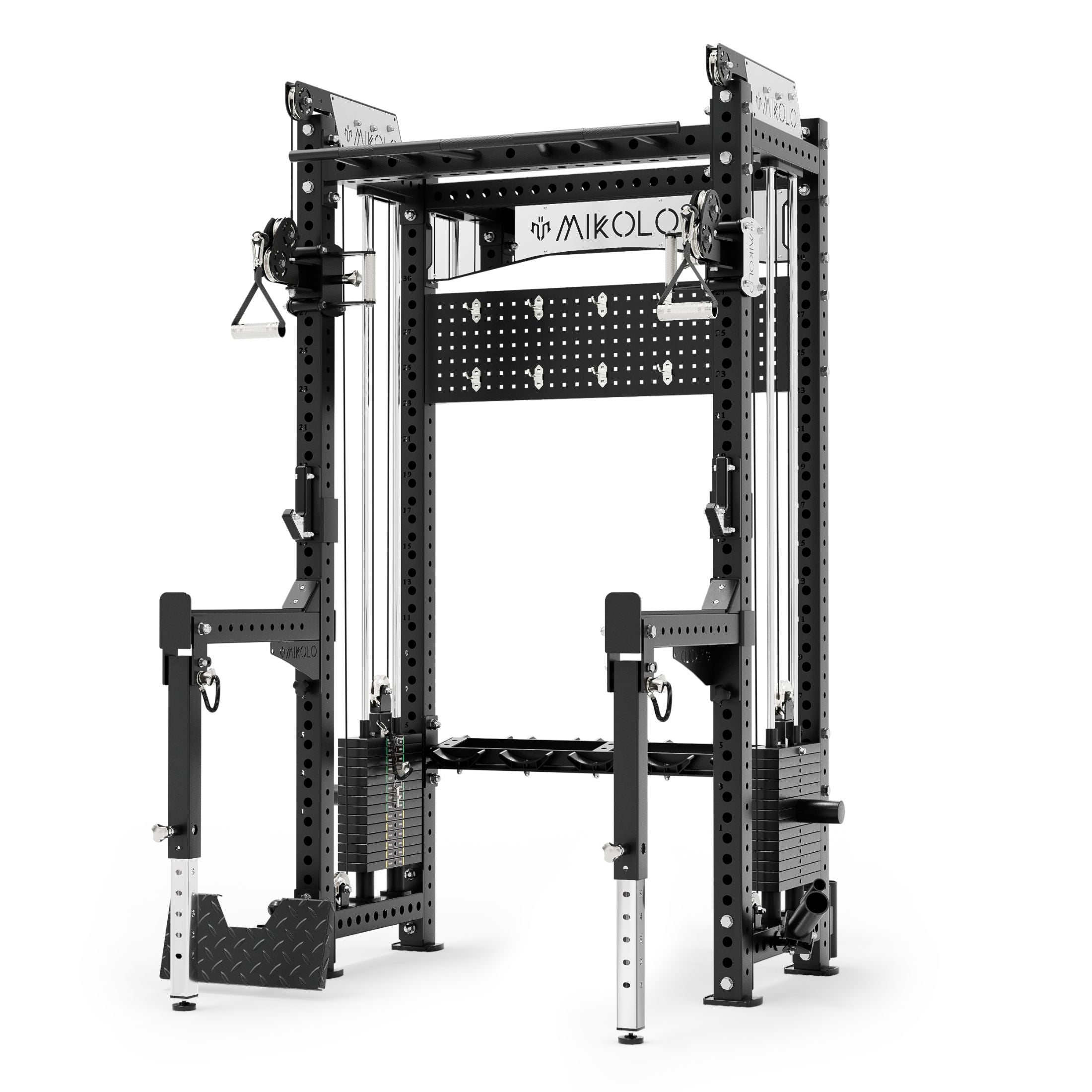
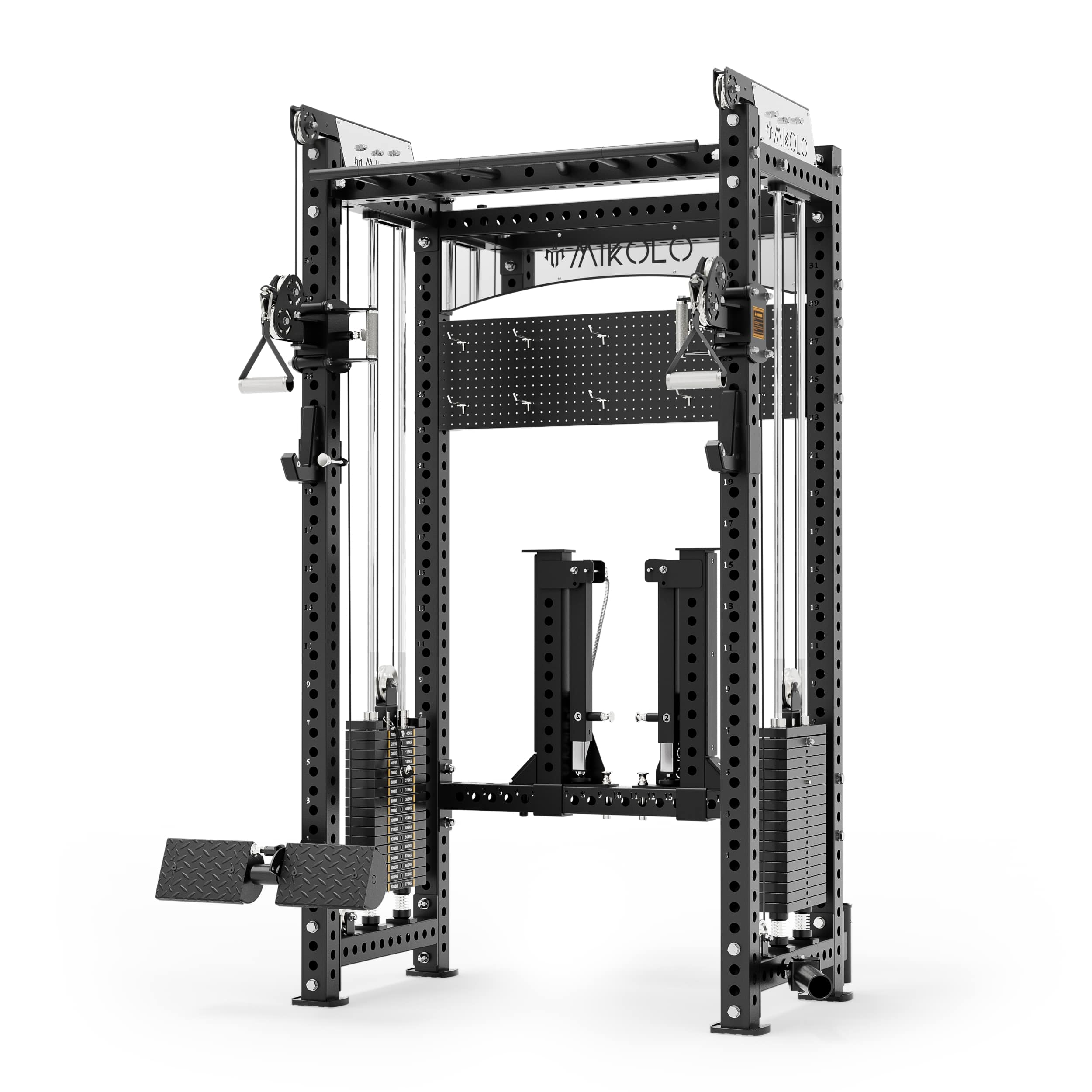
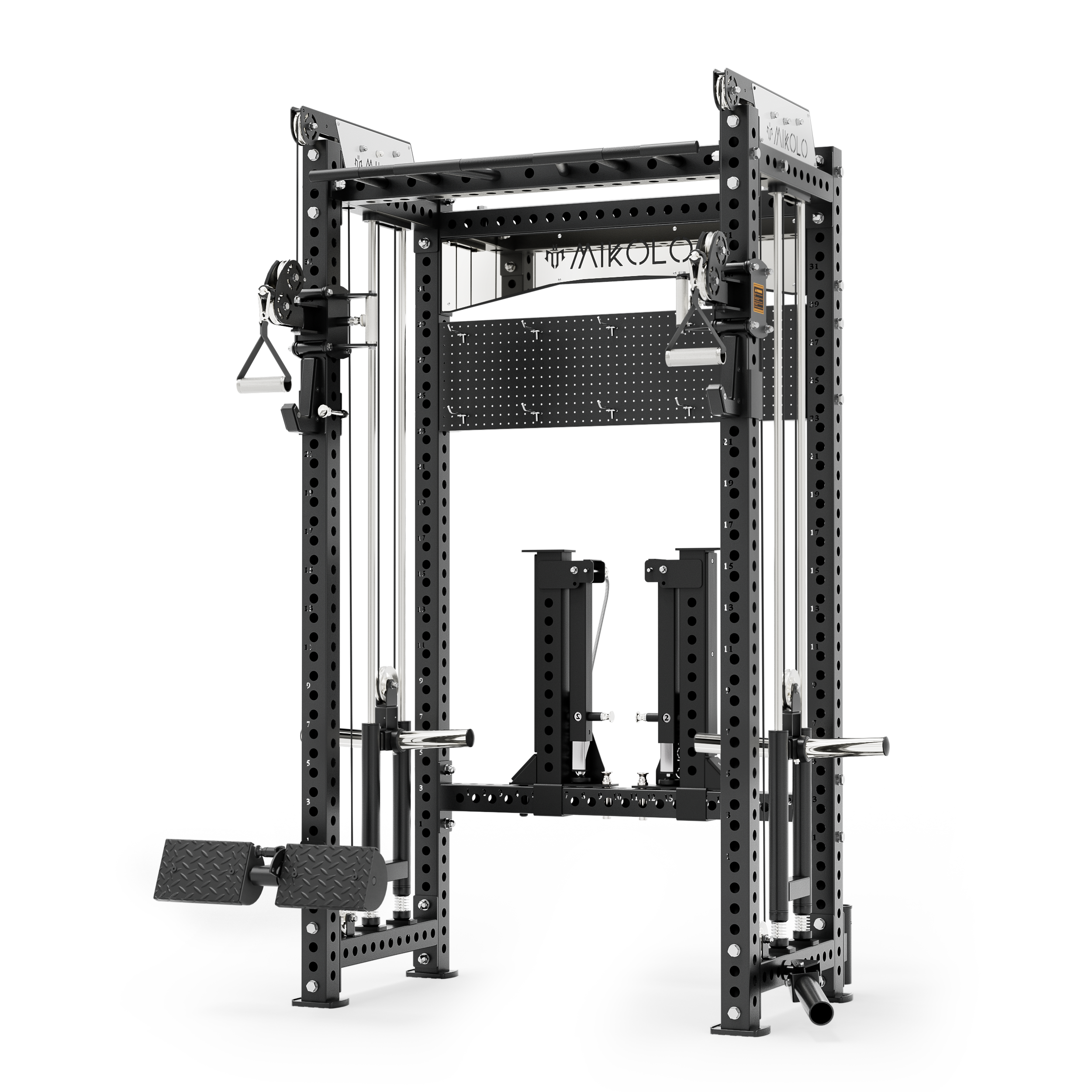


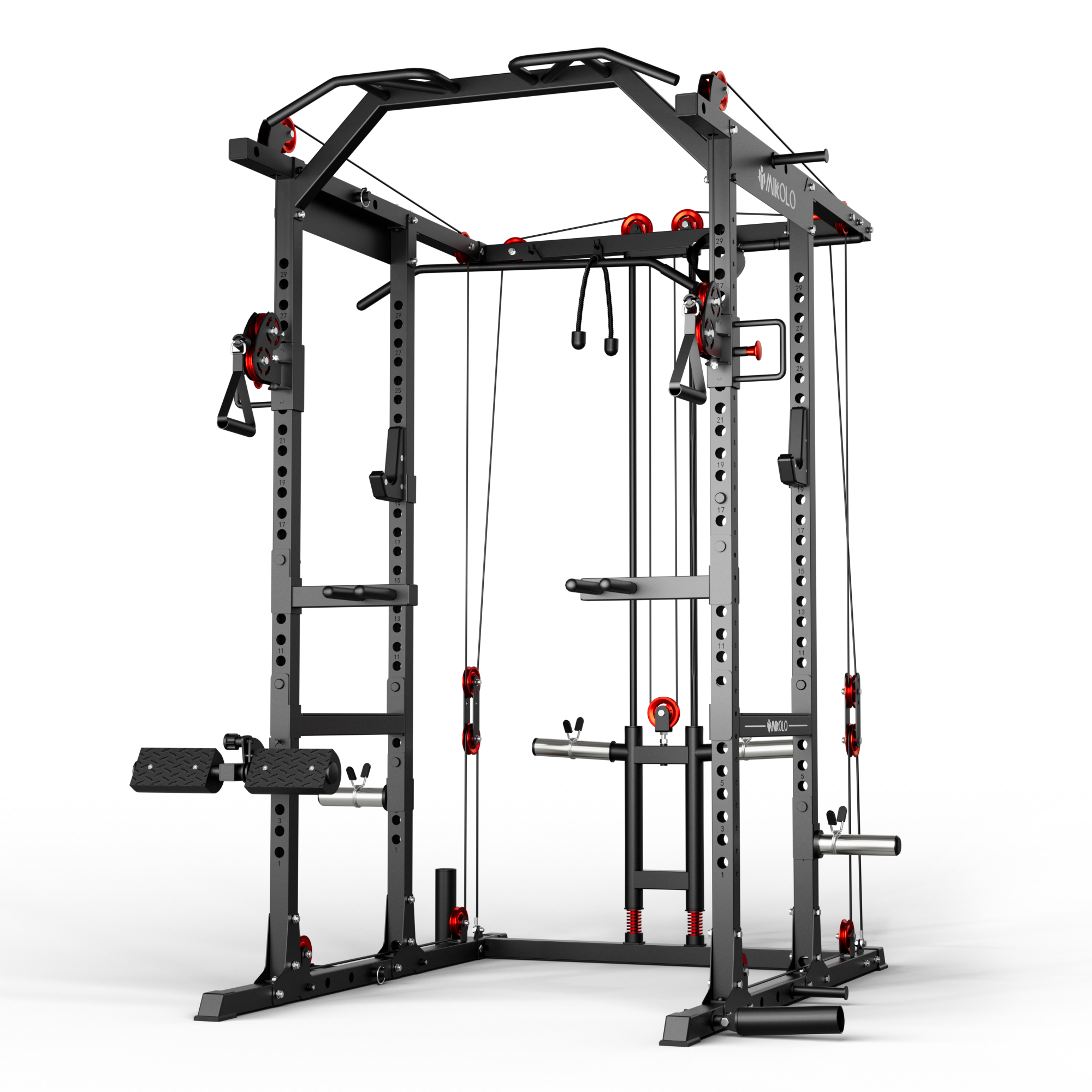


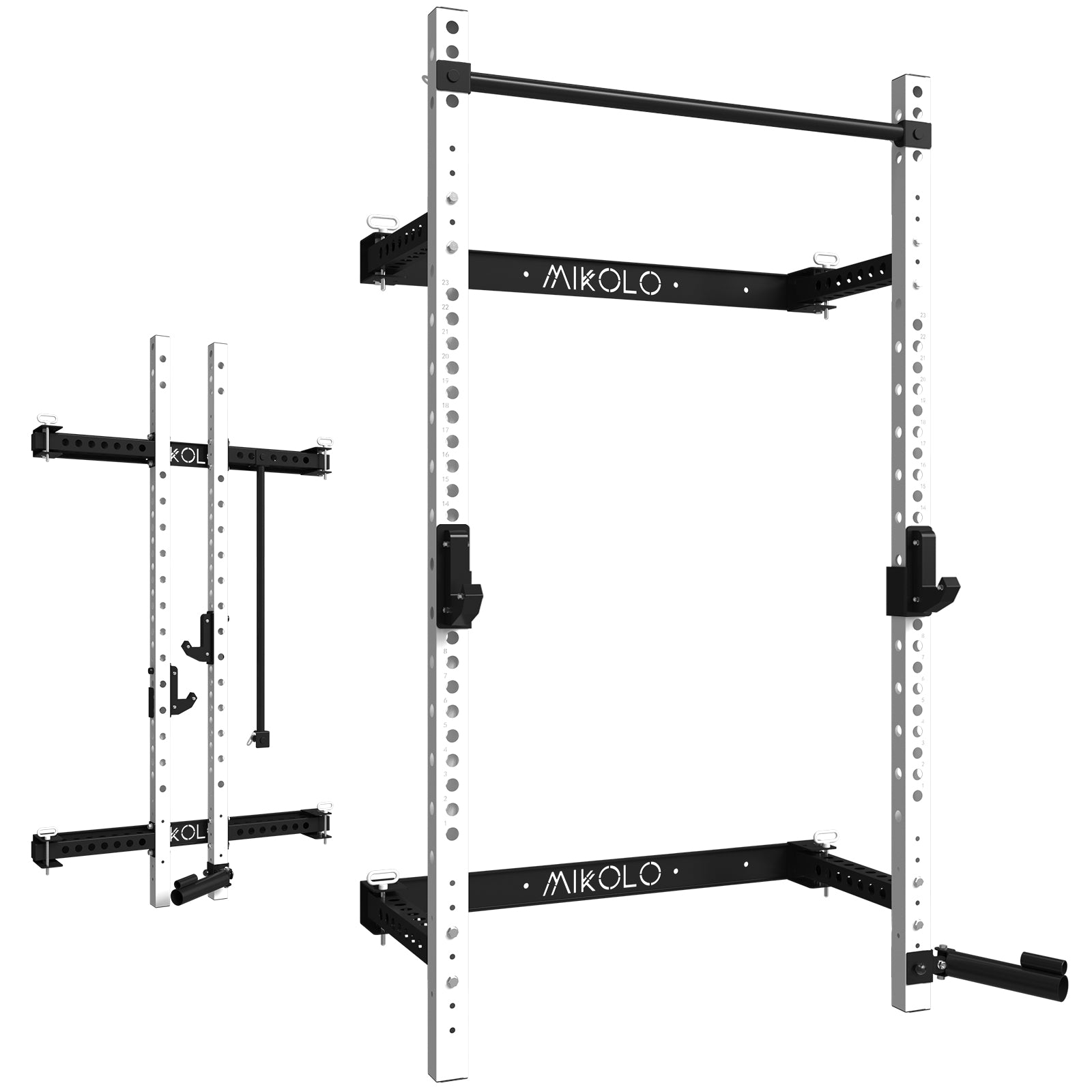


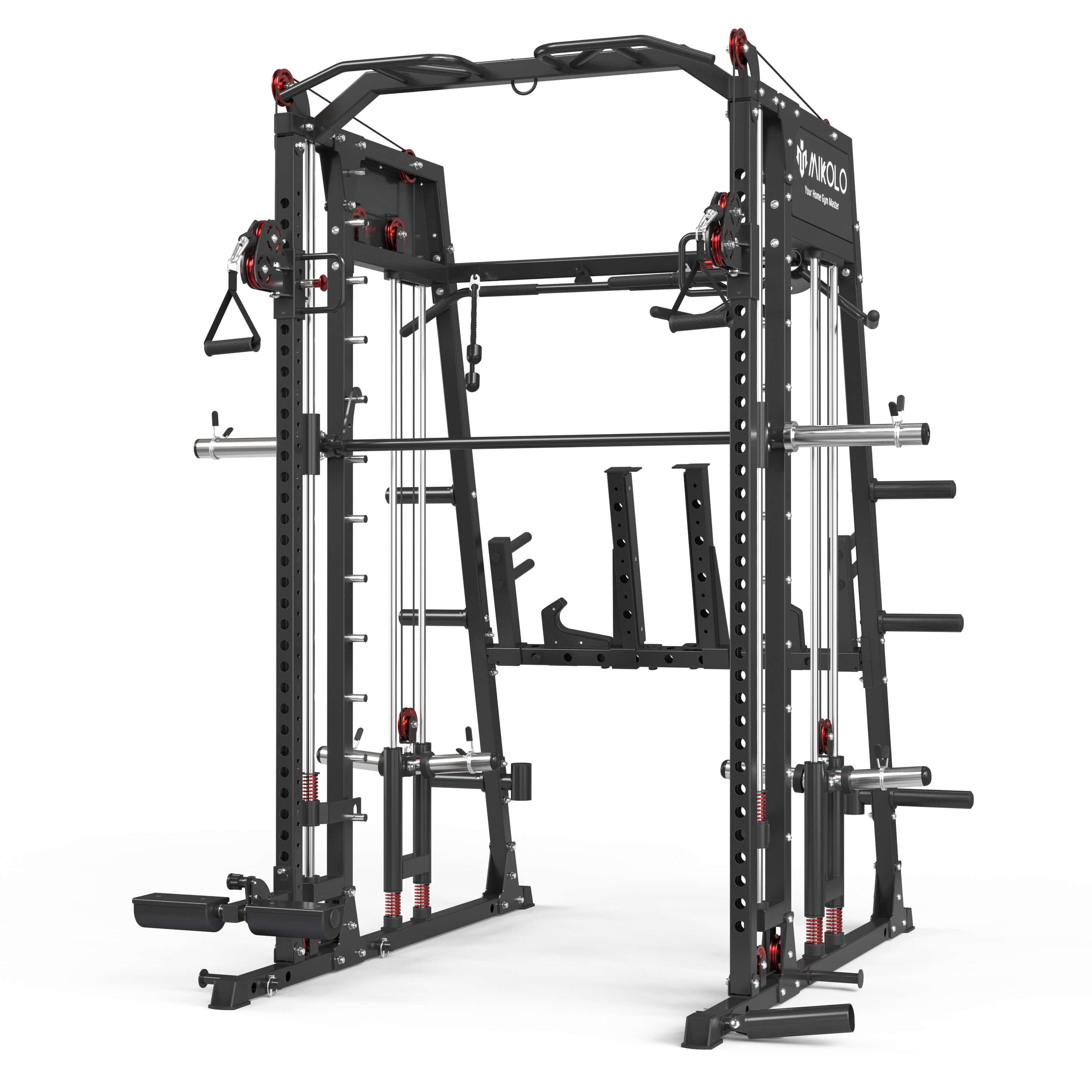
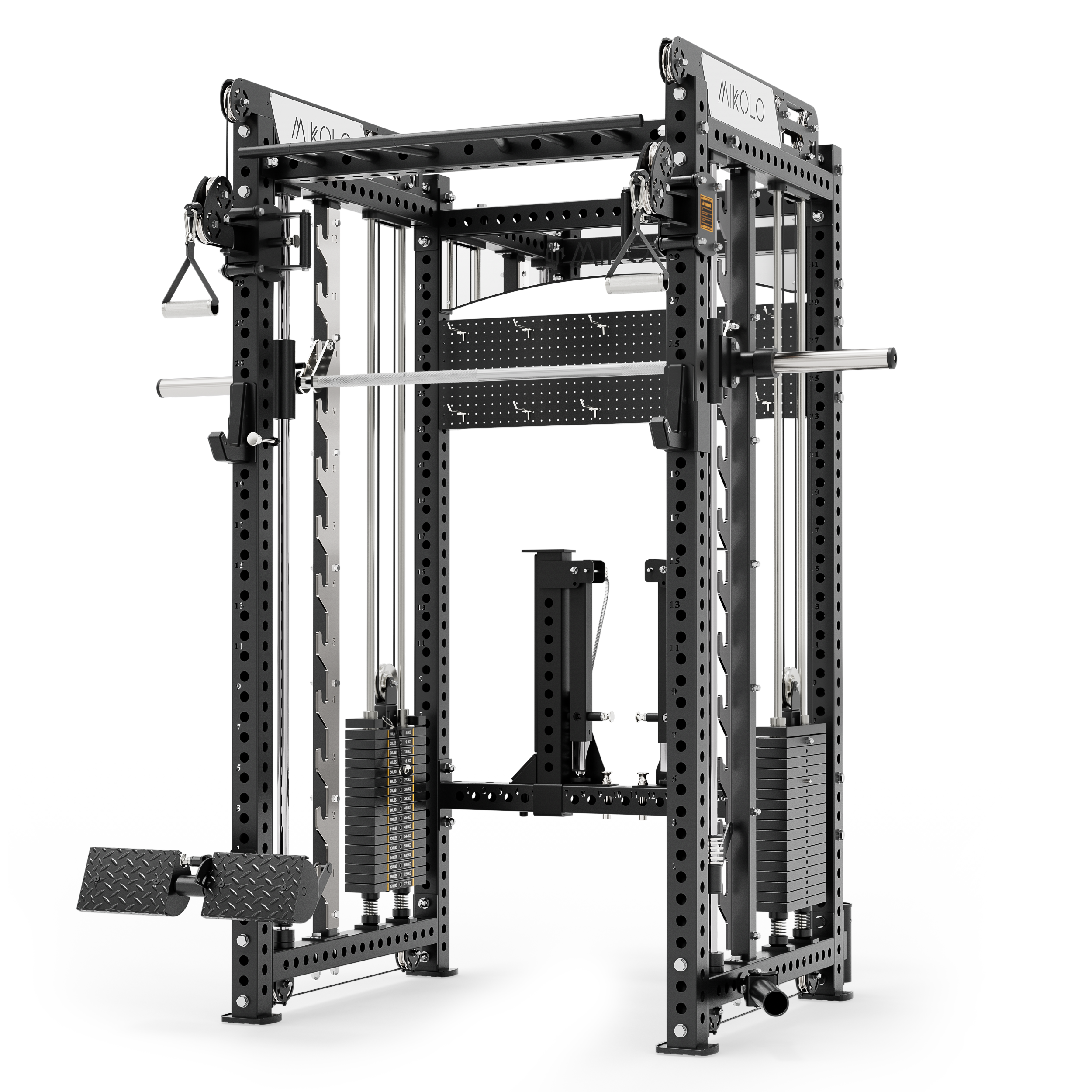
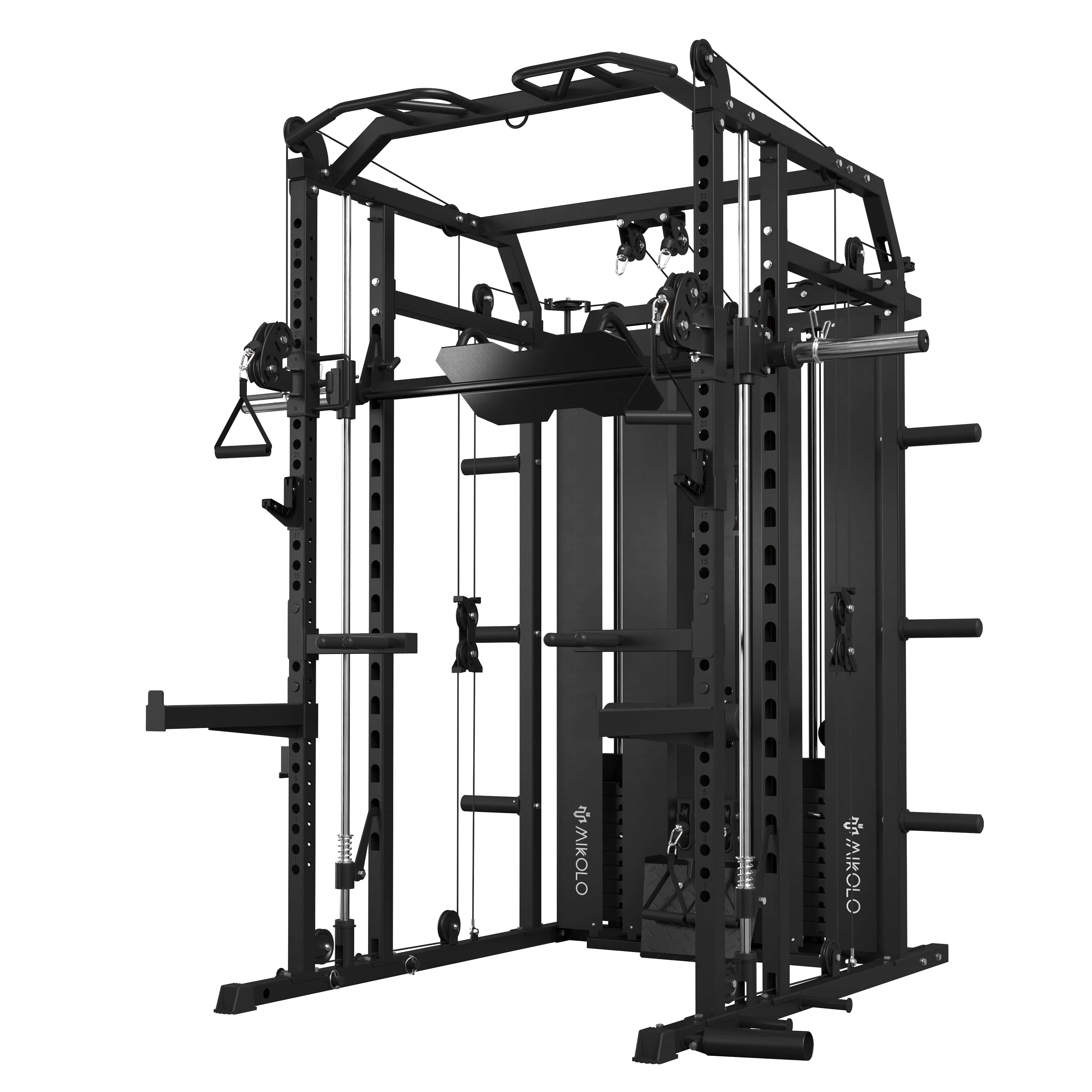
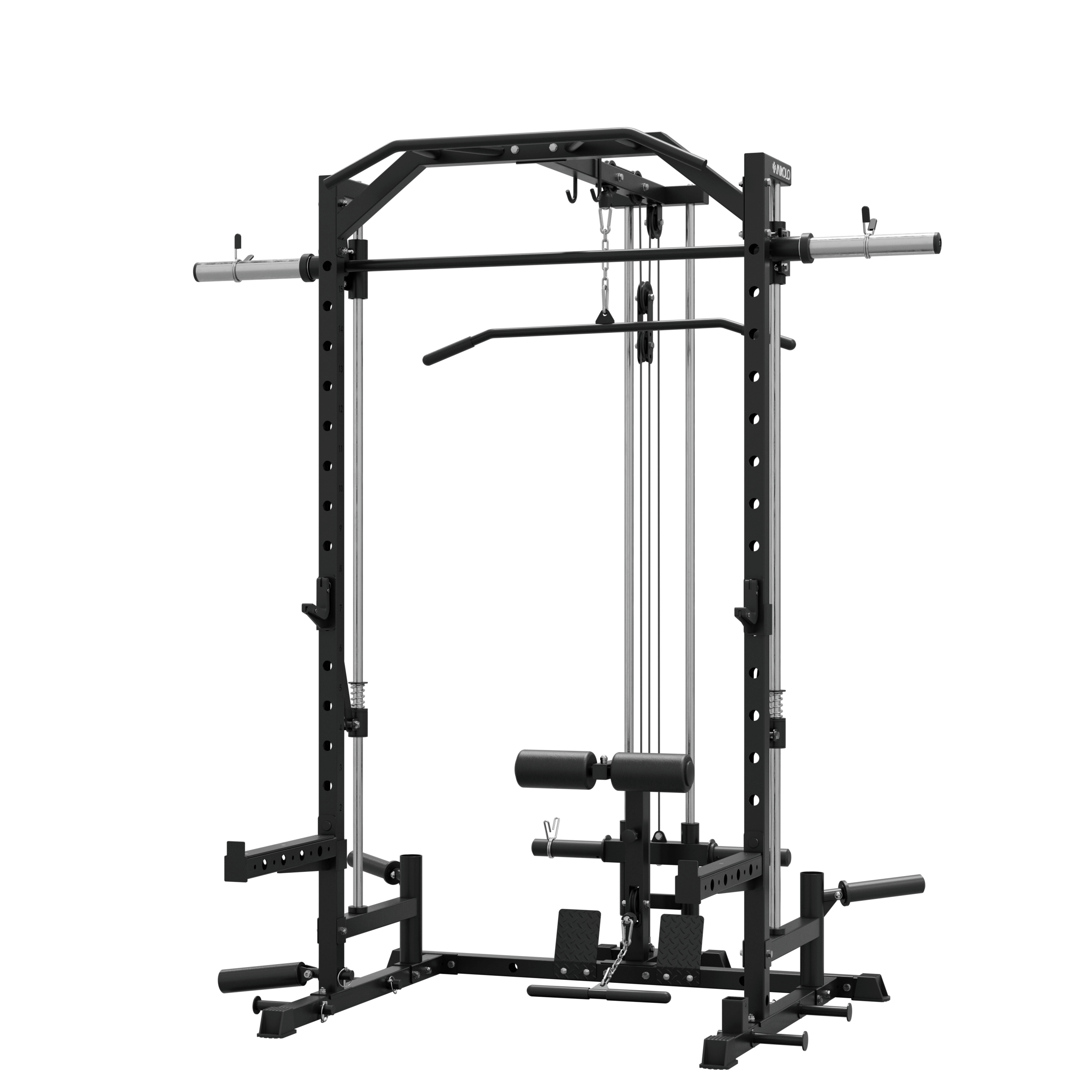
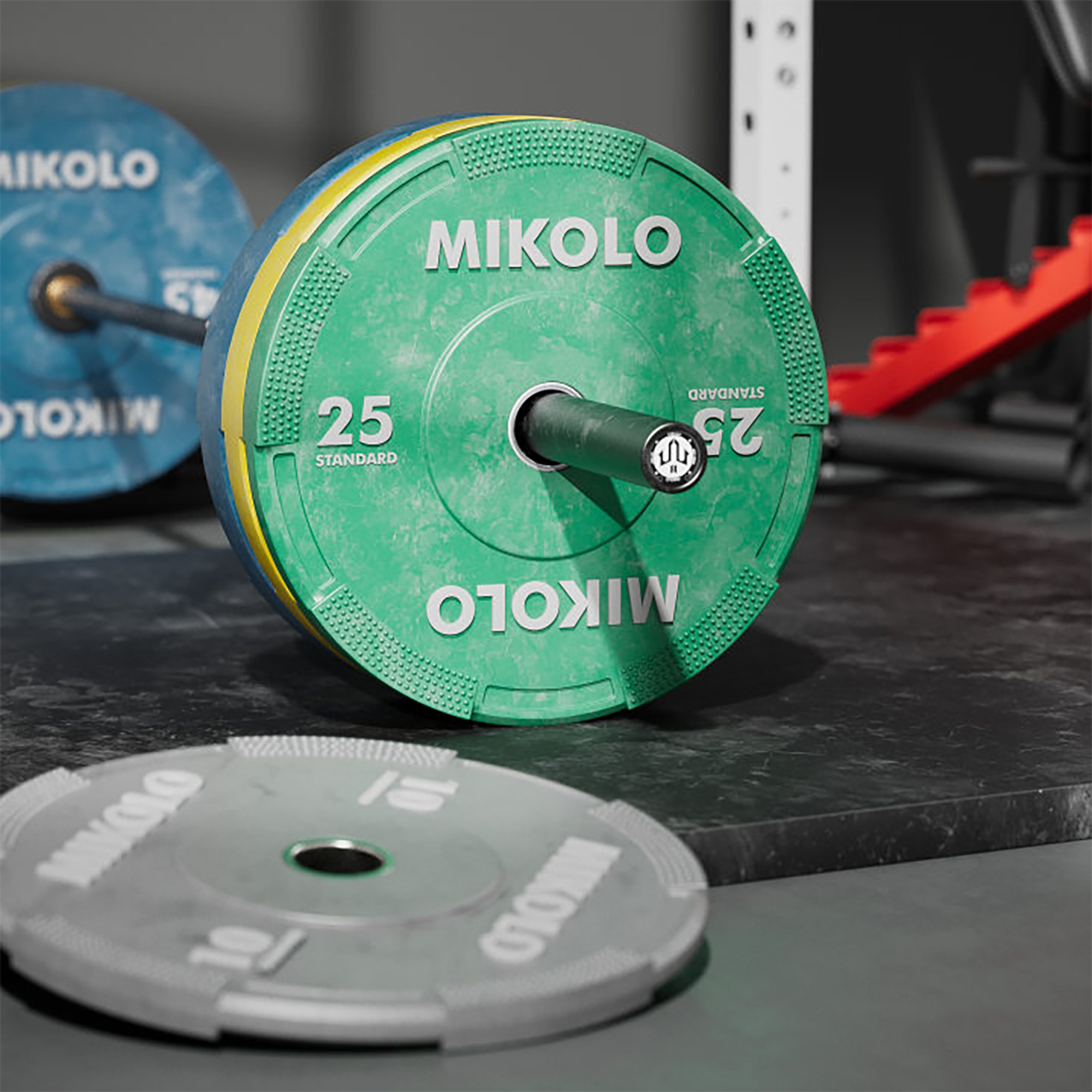






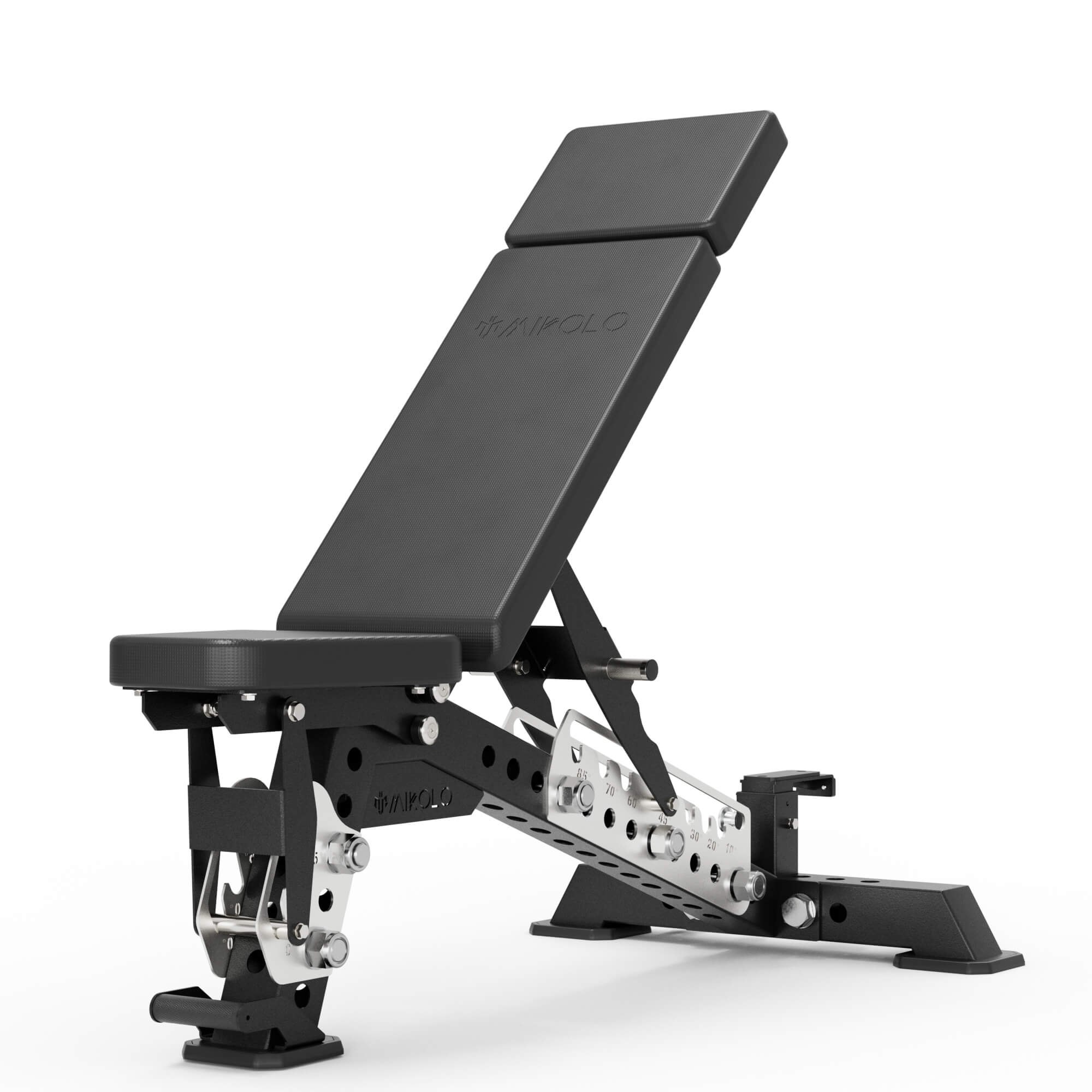
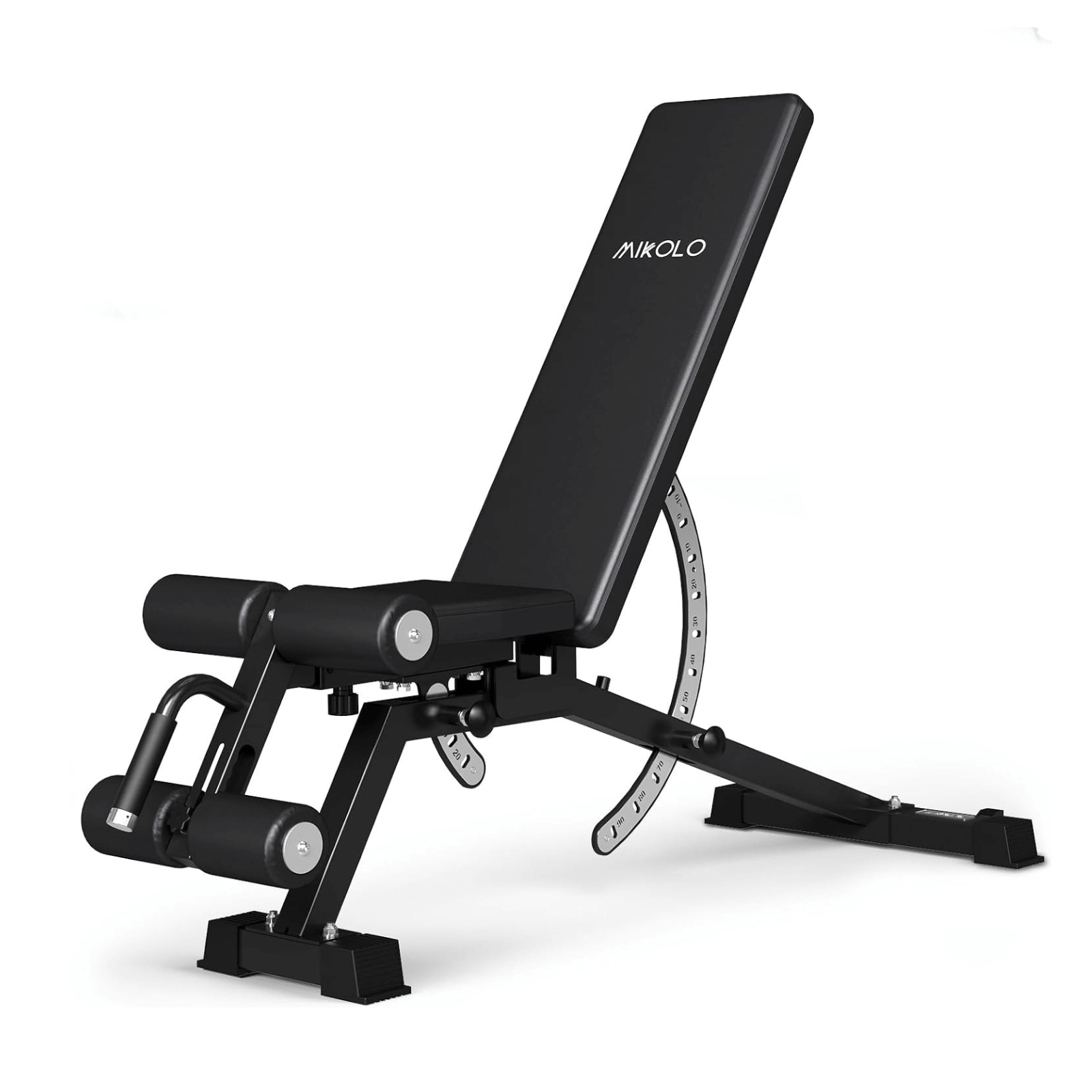




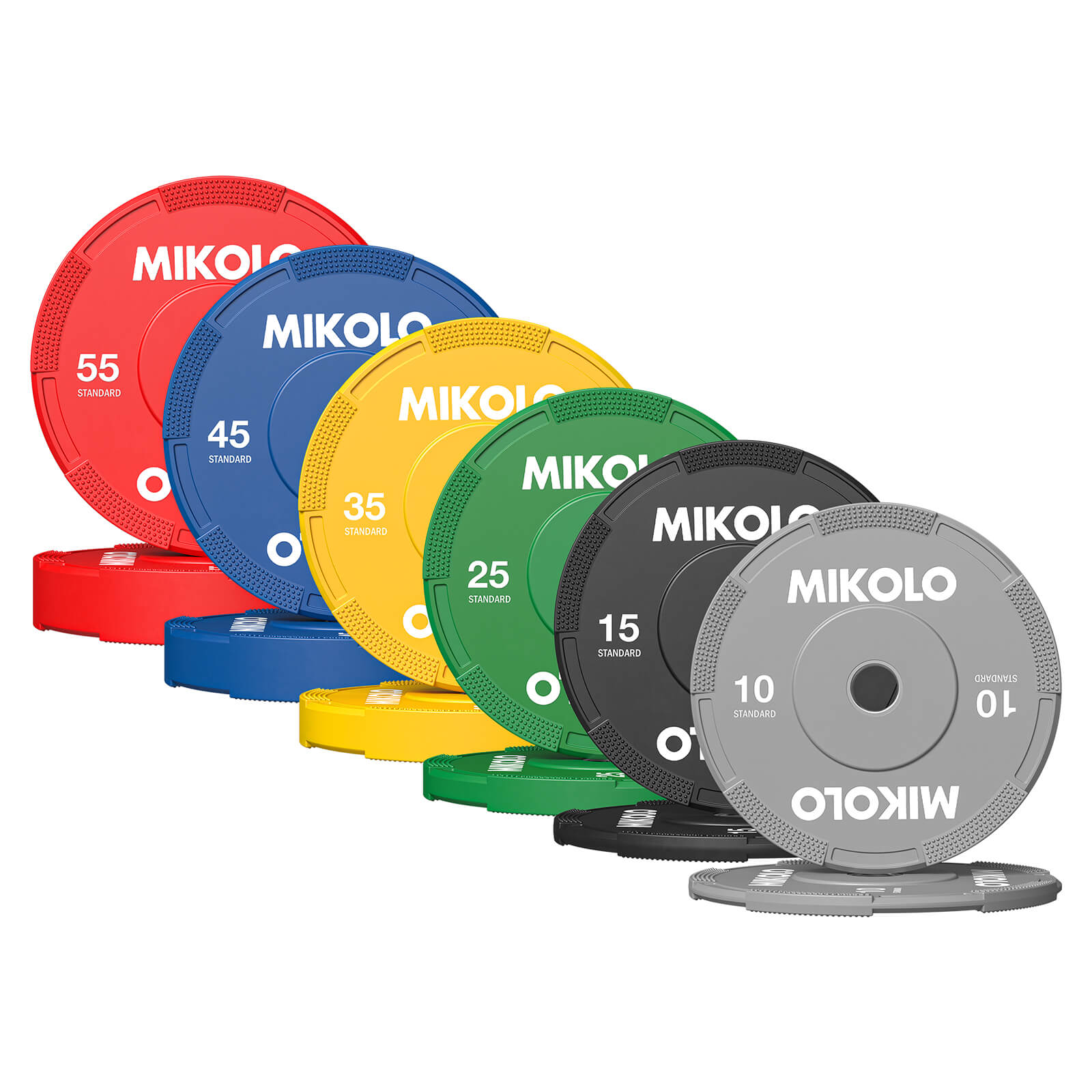
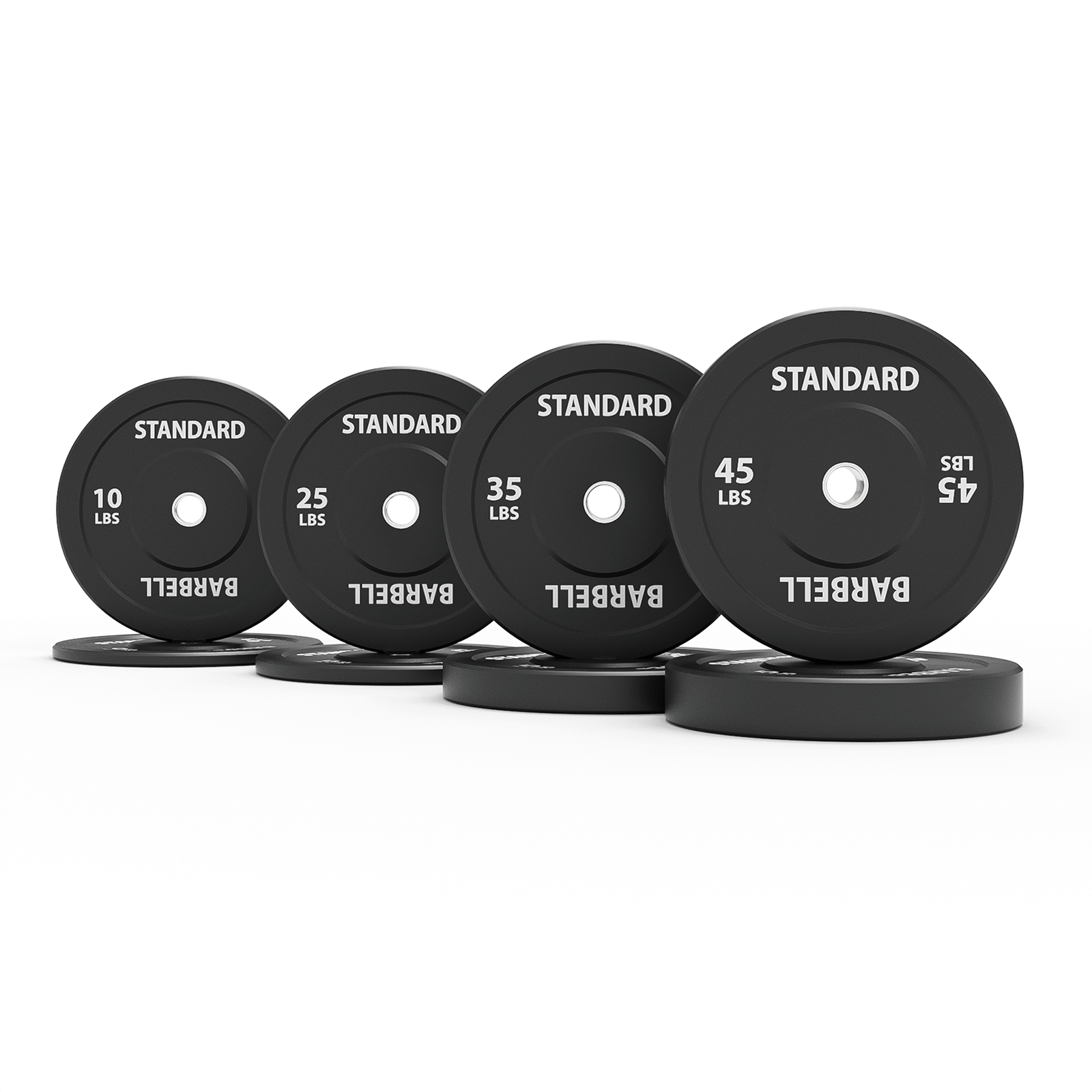

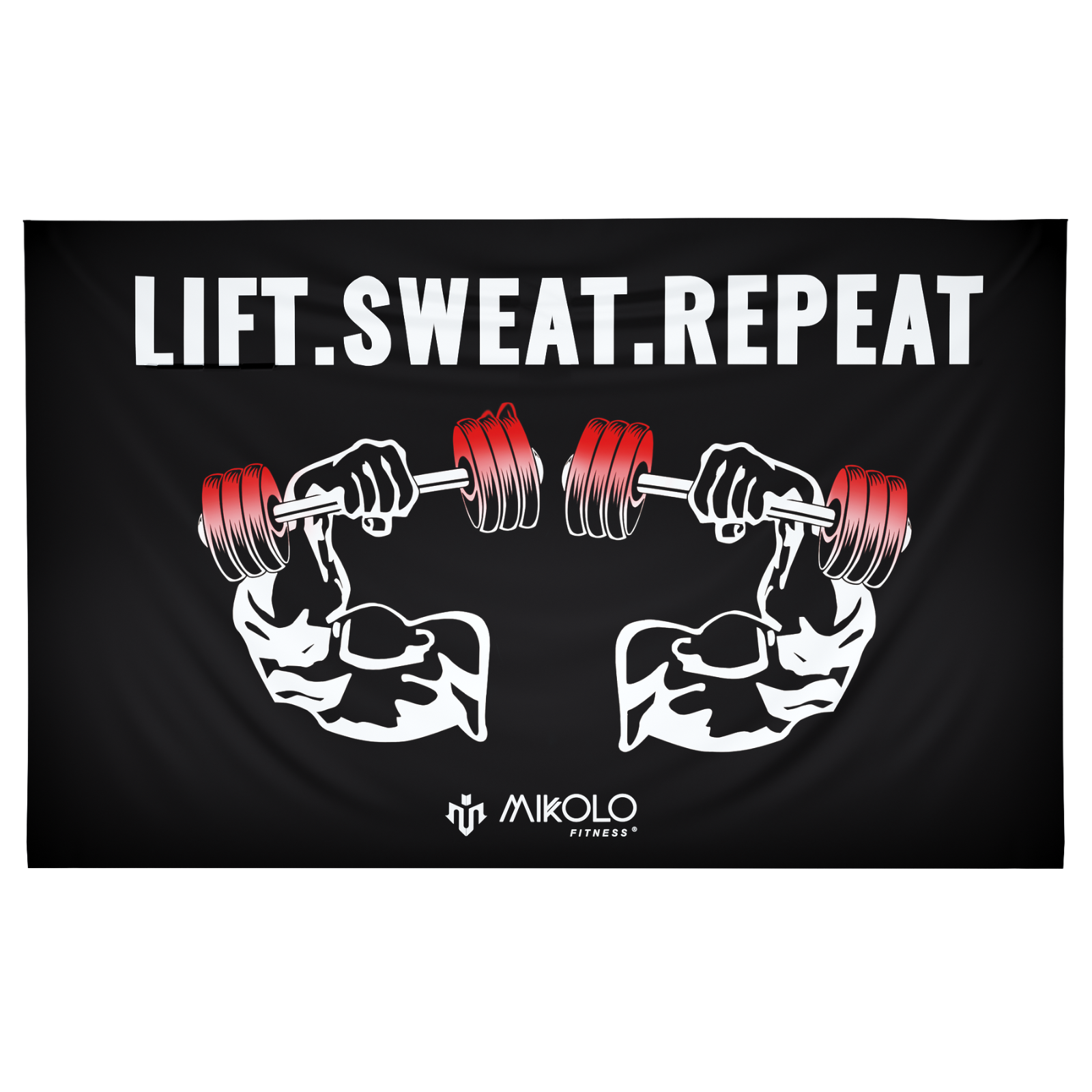
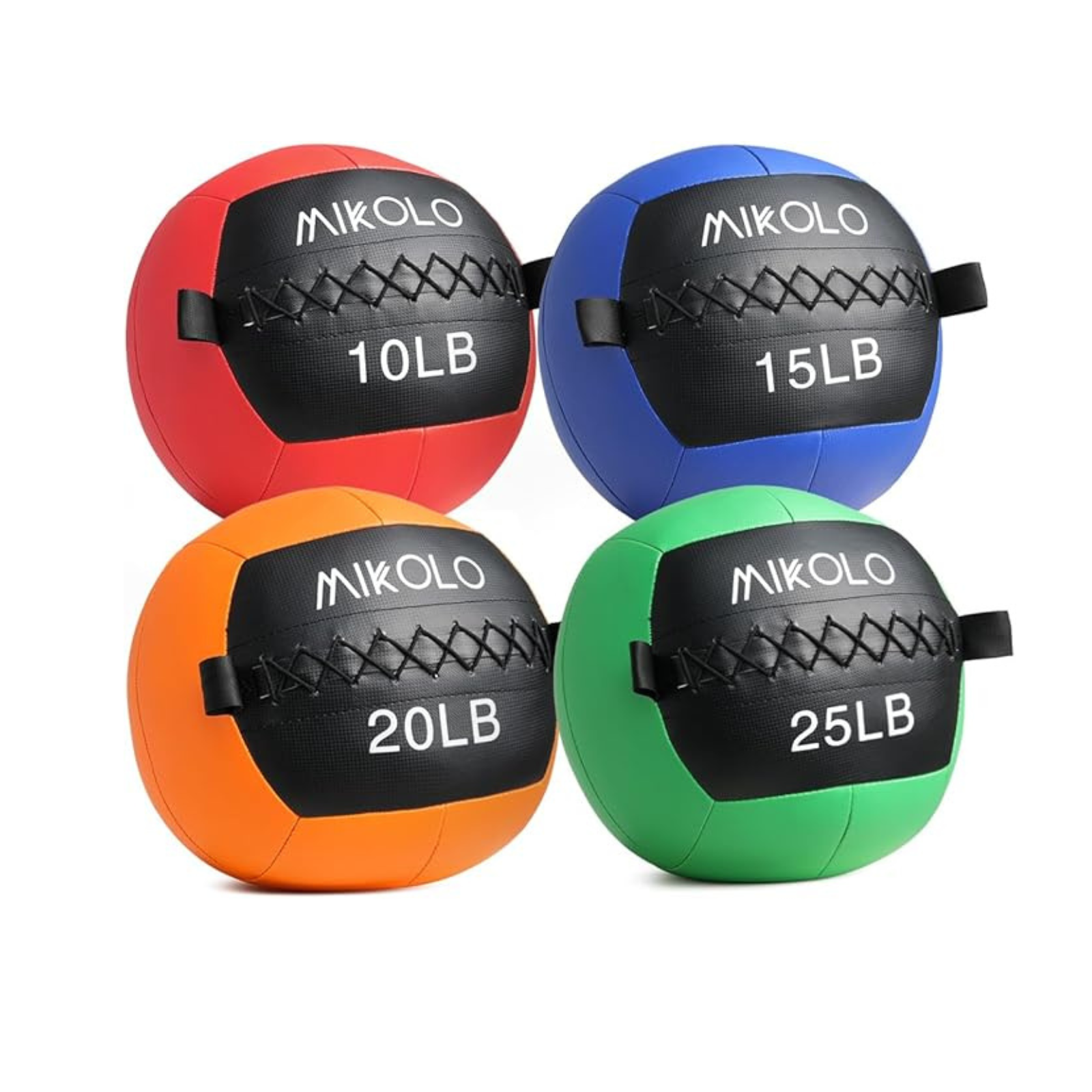
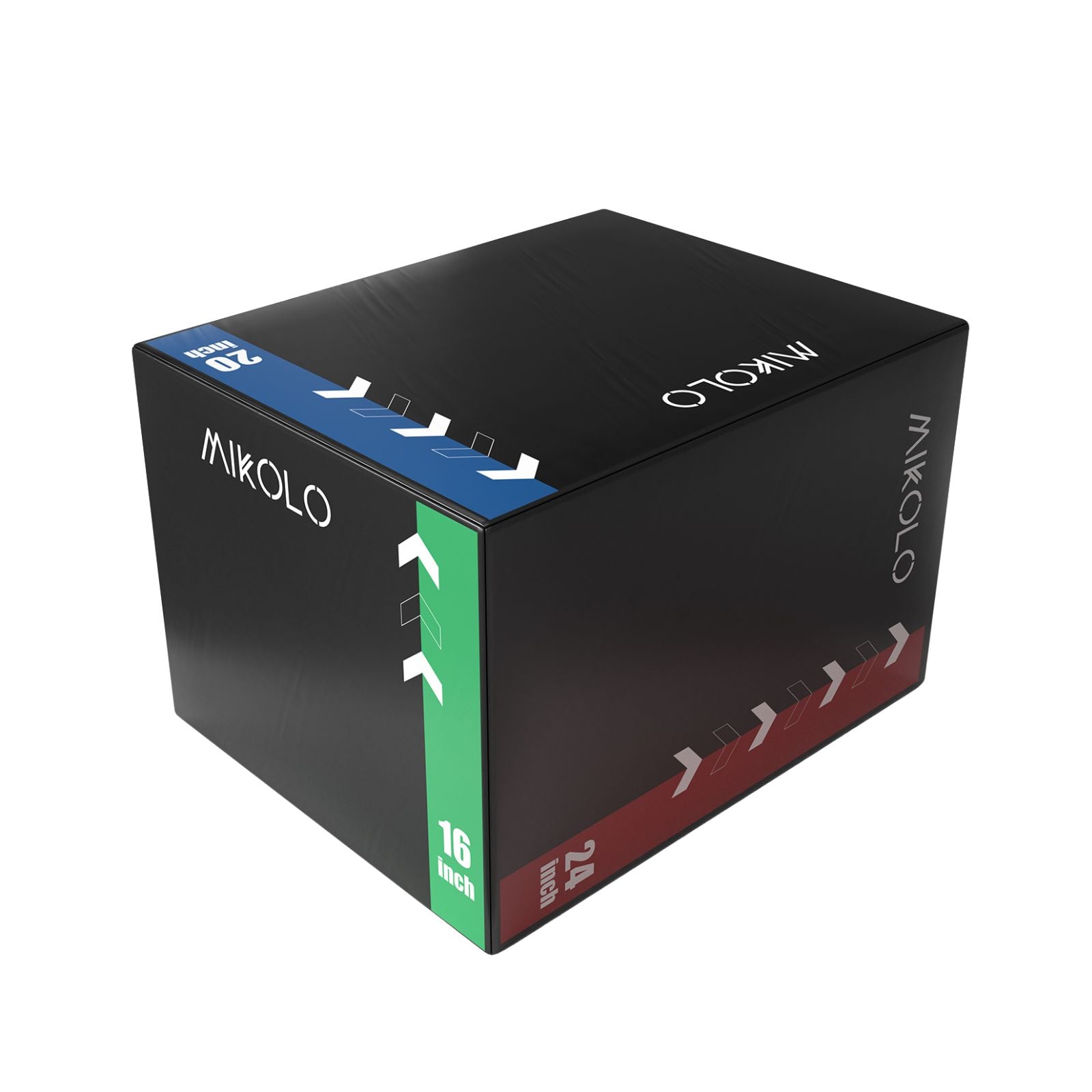

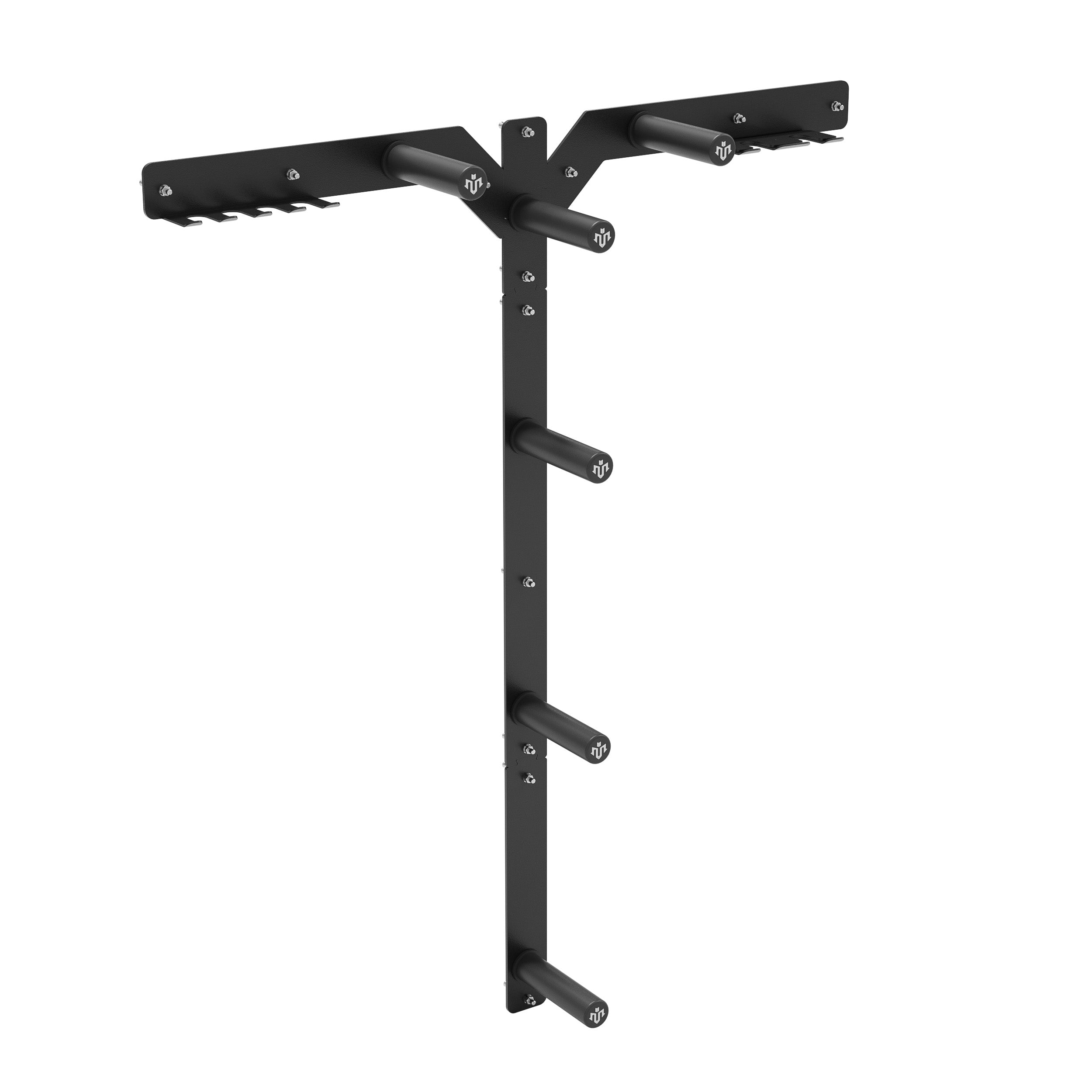




Leave a comment
This site is protected by hCaptcha and the hCaptcha Privacy Policy and Terms of Service apply.